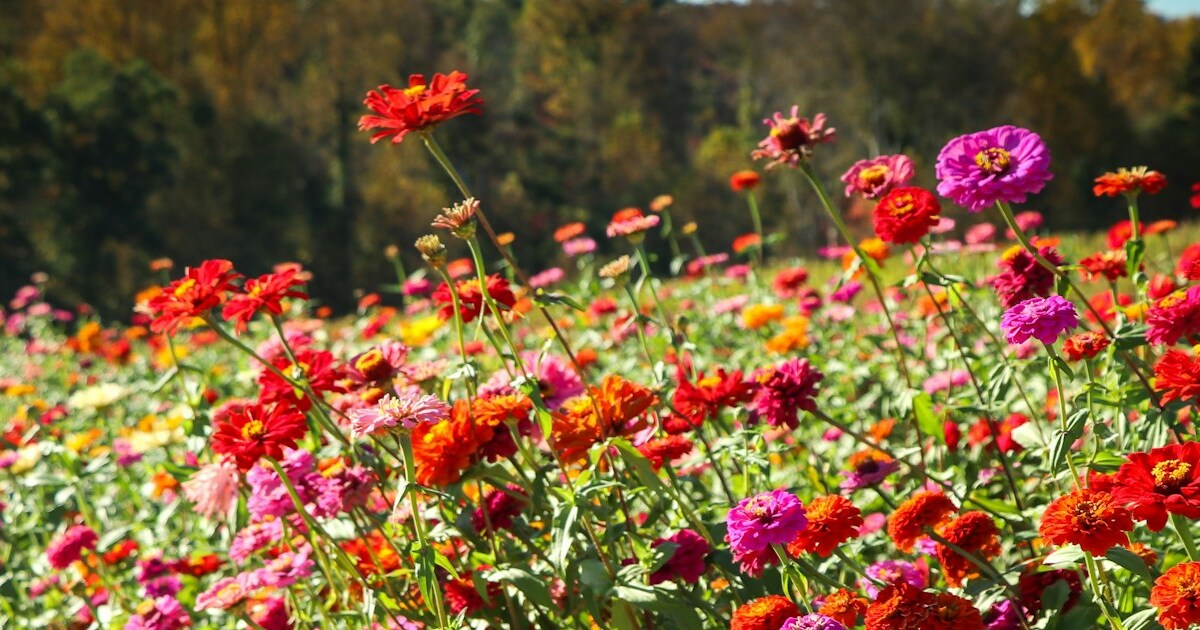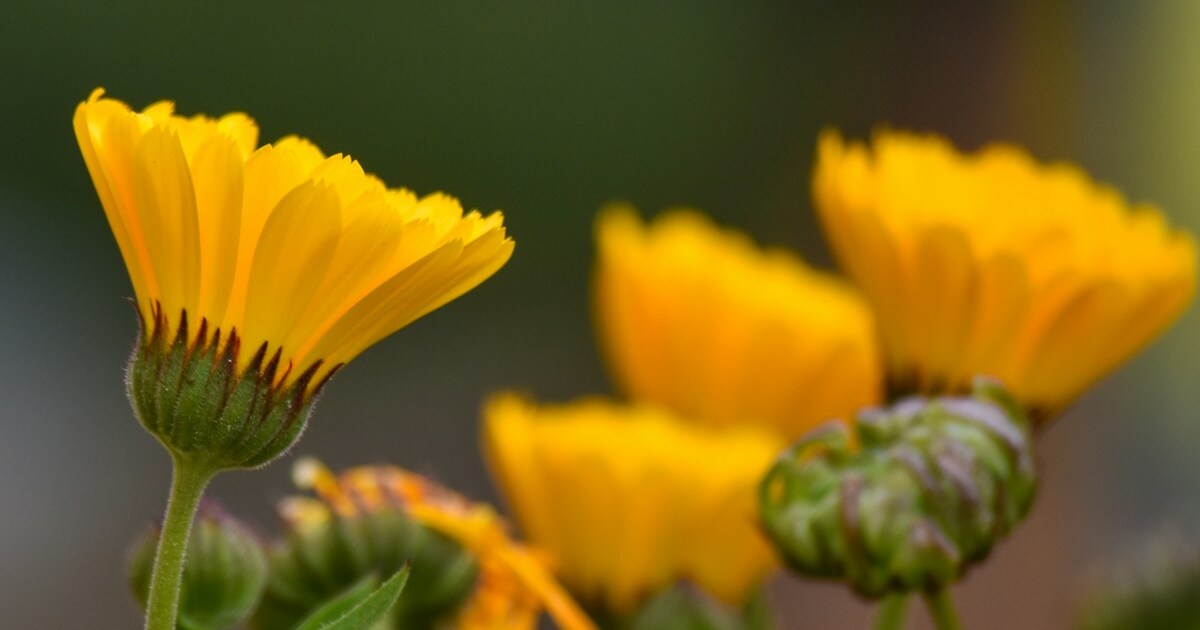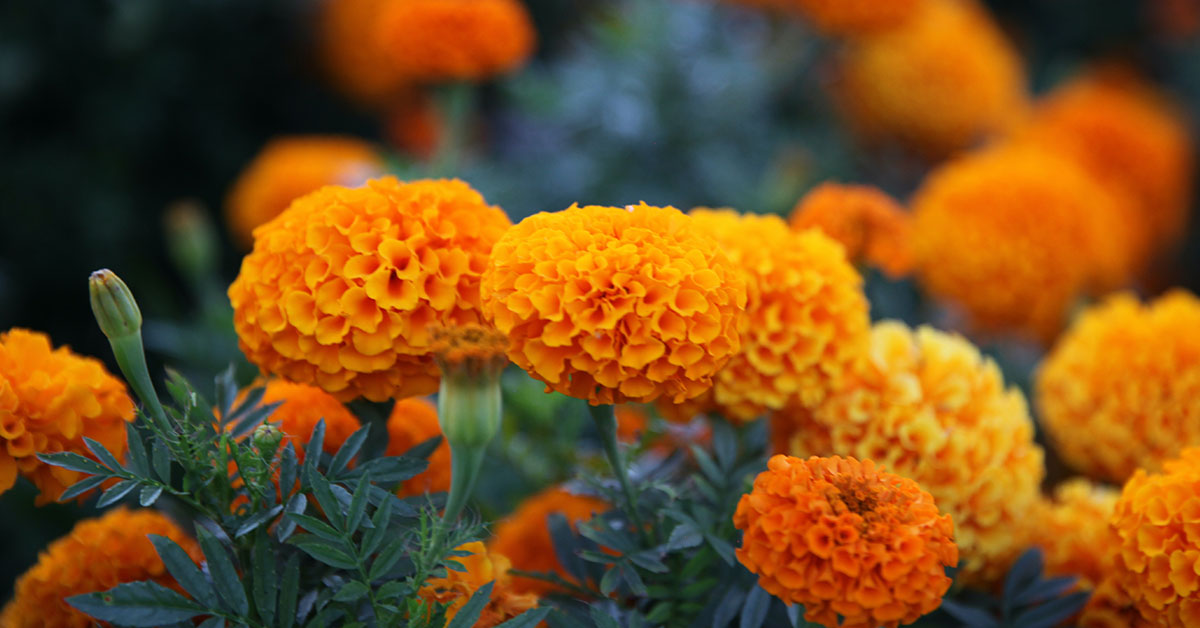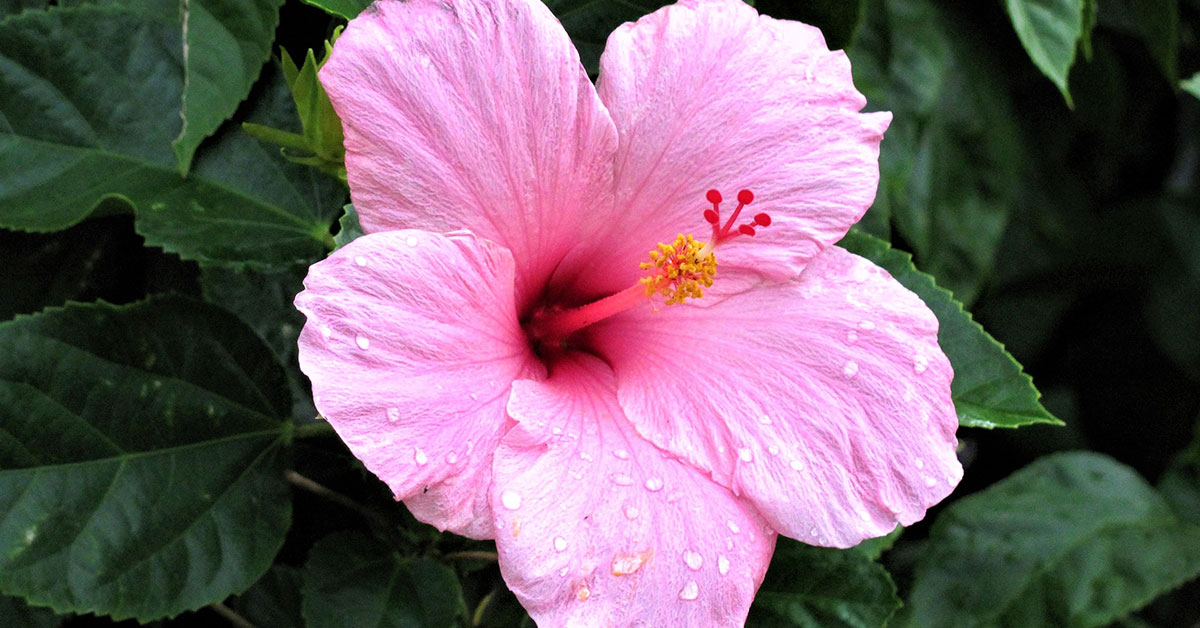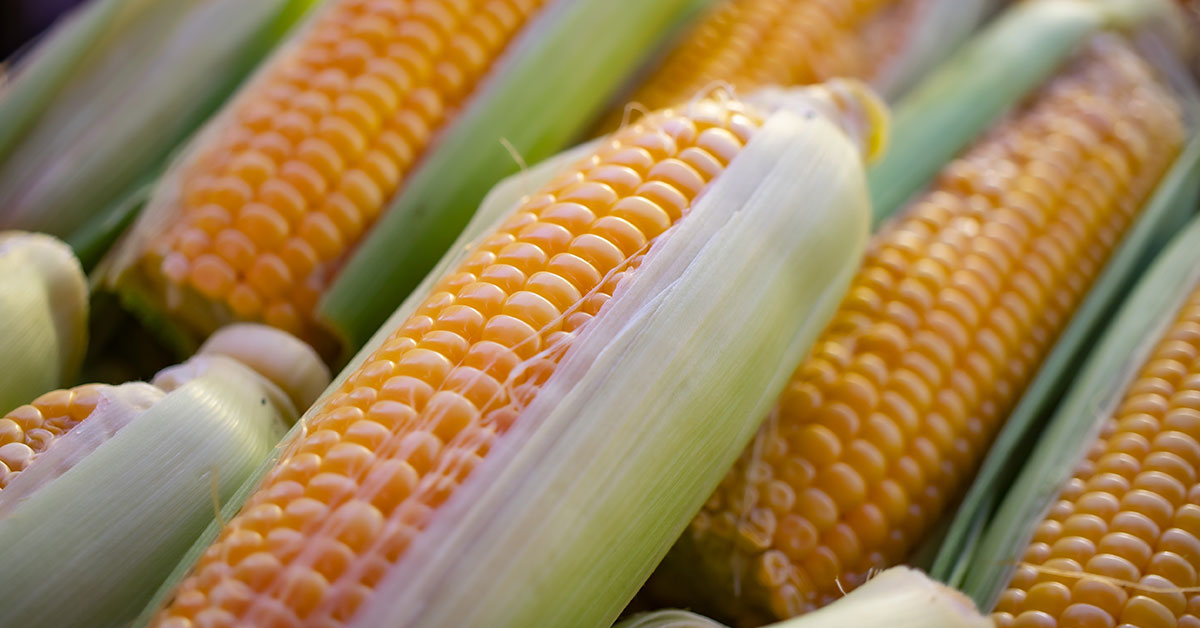Growing daffodil bulbs in Zone 10 can be challenging due to the warm climate and lack of a cold winter period. Daffodils typically require a period of cold dormancy during winter to stimulate root development and prepare for blooming in the spring.
In Zone 10, where temperatures rarely drop low enough to provide this necessary chilling period, daffodils may struggle to grow and bloom. Gardeners in this zone who wish to grow daffodils may need to consider alternative methods, such as pre-chilling the bulbs in a refrigerator for several weeks before planting.
Additionally, selecting heat-tolerant daffodil varieties and providing adequate care, such as afternoon shade and proper watering, can help improve their chances of success. However, even with these efforts, daffodils may not perform as well in Zone 10 as they would in regions with colder winter temperatures.
Heat-tolerant daffodil varieties
Heat-tolerant daffodil varieties can be a great choice for gardeners in warmer climates, as they do not require the traditional chilling period to bloom successfully. Some popular heat-tolerant daffodil varieties include ‘Campernelle’, ‘Carlton’, ‘Avalanche’, ‘Pink Charm’, ‘Thalia’, ‘February Gold’, ‘Erlicheer’, and ‘Mt. Hood’. These cultivars have been specifically bred to adapt to warmer climates and can still produce beautiful blooms without the need for pre-chilling.
In addition to selecting heat-tolerant daffodil varieties, gardeners in warmer zones should also provide proper care to ensure success. This includes planting the bulbs in well-draining soil, providing adequate water, and offering some afternoon shade to protect the flowers from intense heat. With the right variety and proper care, daffodils can still be a beautiful and rewarding addition to gardens in warmer climates.
Additional Resource: What Do Daffodils Symbolize?
When to plant daffodil bulbs in Zone 10
Planting daffodil bulbs at the right time is crucial for achieving beautiful blooms in the spring. Ideally, you should plant your daffodil bulbs about 4 weeks before the first frost in the fall. This timing allows the bulbs to establish a strong root system before the ground freezes and ensures they are ready to grow and bloom once warmer temperatures return.
In Zone 10, you run a slight chance of having a frost in the dead of winter, from about December 15th to January 15th. Otherwise, you shouldn’t expect a frost. In zone 10, plant daffodils in late fall, around November 20th.
Planting daffodil bulbs in the spring is not recommended. These flowers require a period of cold dormancy to stimulate root development and prepare for blooming. Daffodils planted in the spring are unlikely to have enough time to establish a strong root system. This may result in weak or stunted growth, and potentially no blooms at all.
By planting daffodil bulbs in the fall, you allow them to develop roots and go through the necessary chilling period. Proper timing ensures a healthy, vibrant display of flowers and allows the bulbs to store enough energy for the following year’s growth.
Additional Resource: When Should I Expect My Daffodils To Bloom?
How to plant daffodil bulbs in Zone 10
A key part of successfully growing daffodils in location isn’t just knowing when to plant them. You should know how to plant them as well. Improperly planted daffodils are a lot less likely to grow, flower, and thrive. Here’s our step-by-step guide for planting daffodil bulbs in Zone 10:
- Choose the right time: Plant daffodil bulbs in the fall, ideally during the coolest part of the year. This will give the bulbs enough time to establish roots before the ground freezes.
- Select a suitable location: Choose a well-draining area that receives at least 6 hours of sunlight per day. Daffodils prefer full sun to partial shade.
- Prepare the soil: Loosen the soil to a depth of 12-14 inches and amend it with compost or well-rotted organic matter to improve drainage and fertility. If your soil is heavy clay, consider adding sand or grit to help with drainage.
- Plan your layout: Arrange the daffodil bulbs in your desired pattern, considering color, height, and bloom time for a visually appealing display. Space the bulbs approximately 4-6 inches apart.
- Dig holes: Create holes for the bulbs that are about 3 times the height of the bulb. For most daffodil bulbs, this means a hole that is 6-8 inches deep.
- Place the bulbs: Position the bulbs with the pointed end facing up, as this is where the stem will emerge. Place each bulb in its respective hole.
- Cover the bulbs: Fill the holes with soil, gently pressing down to remove any air pockets. Water the area thoroughly to settle the soil and encourage root growth.
- Mulch (optional): Apply a 2-3 inch layer of mulch, such as shredded bark or compost, to help retain moisture and provide insulation against temperature fluctuations.
- Mark the location: Label the planting area with plant markers or stakes to remember where you planted the bulbs and avoid accidentally digging them up in the future.
Allow the bulbs to establish roots during the winter months. As the weather warms up, watch for the first signs of growth, and soon enough, you’ll be rewarded with a beautiful display of daffodil blooms.
Additional Resource: How To Divide And Transplant Daffodils



